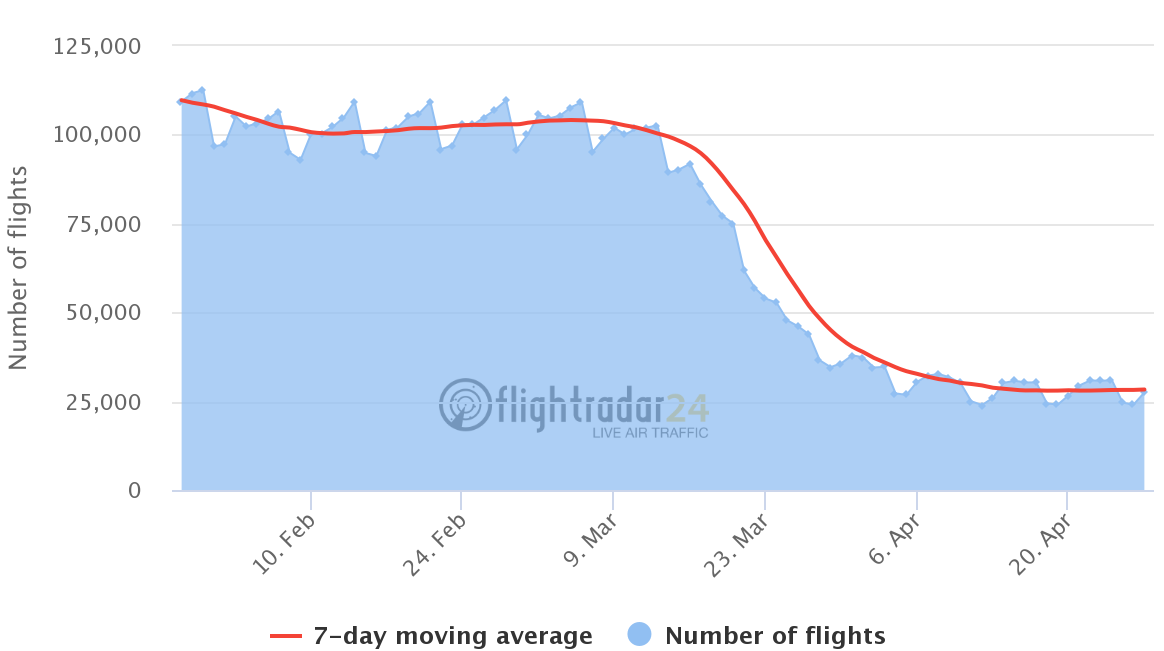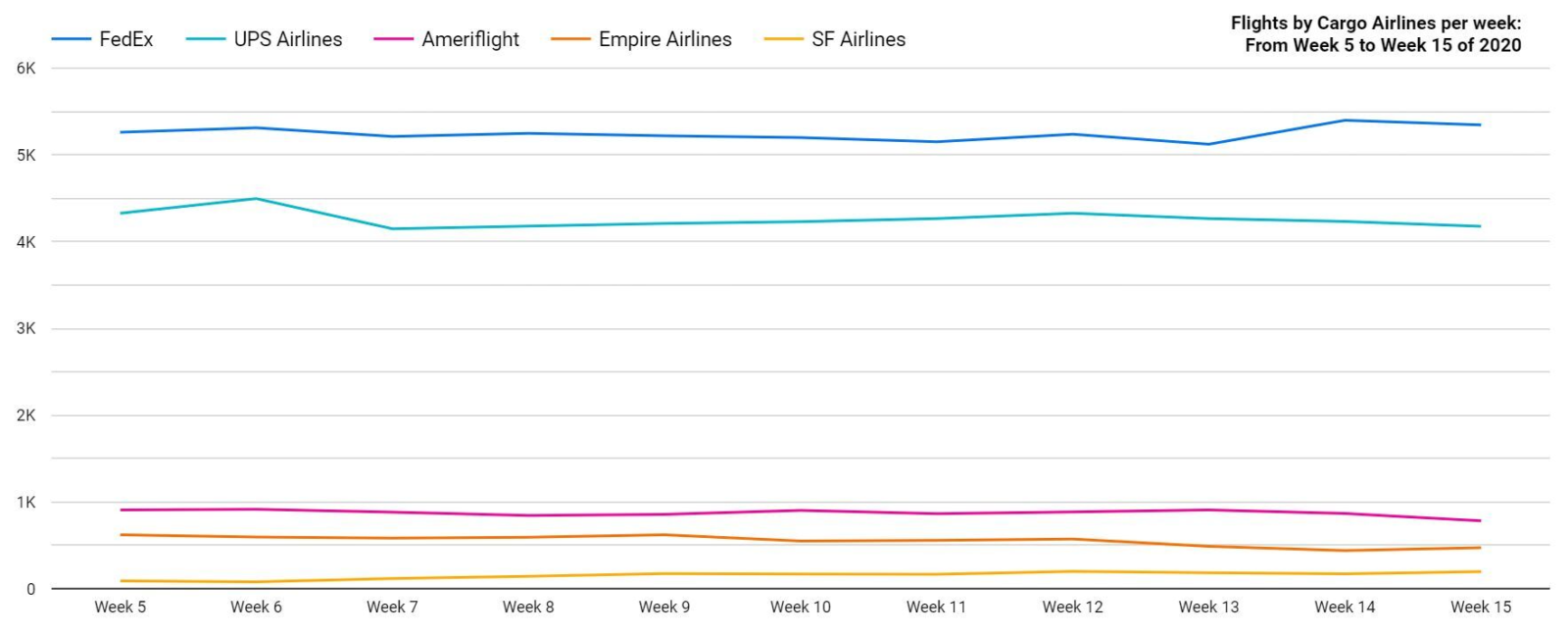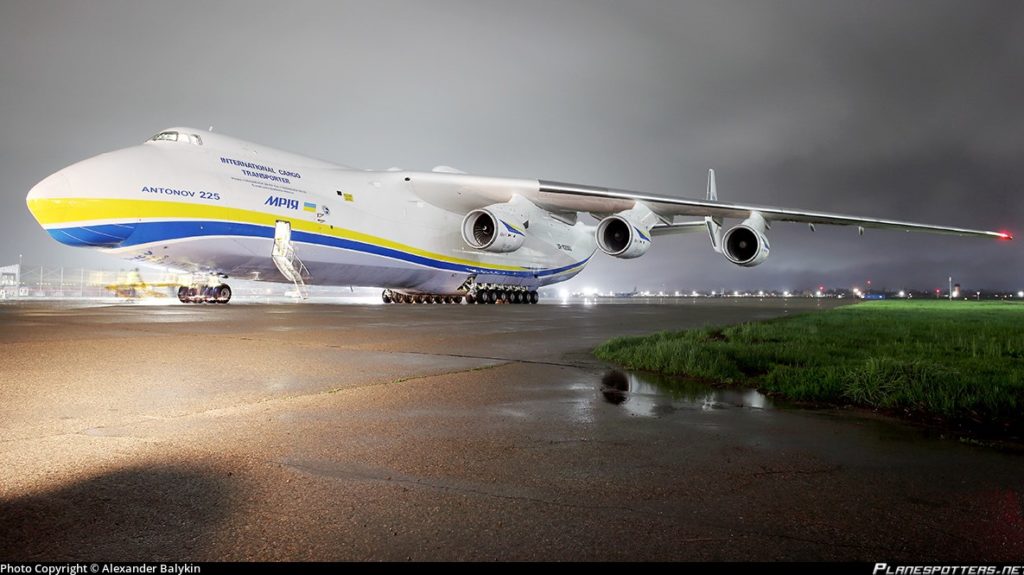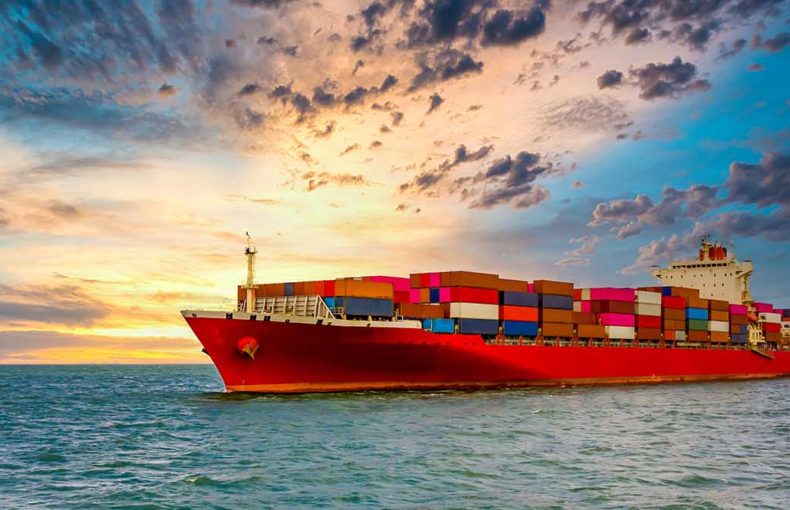The role of data during Covid-19: Solutions for the airfreight industry
Important trends are emerging and potential opportunities are available for agile businesses willing to make adjustments during these uncertain conditions.
Covid-19 created a dramatic shift in our personal lives, the pandemic recalibrated almost every industry. With a near-halt in passenger flights and a stressed global supply chain, the aviation sector is nearly unrecognizable. We see airlines and cargo operators doing everything possible to adapt, including rapidly switching gears to support the world-wide demand for emergency supplies and essential goods.
“The crisis is shining a light on the importance of logistics and supply chain management for helping save lives, but also for bringing staples and food to populations sheltering in place.”
Share on Facebook Share on Twitter Share on LinkedIn
Change by the numbers
According to Flightradar24, the end of January 2020 saw upwards of 116,000+ commercial flights a day, including passenger, cargo, charter, and business jet flights. As of mid-April, those numbers were hovering around 30,800. This includes a 90% drop in passenger air travel.

Commercial flights tracked between Jan. and April. Includes passenger, cargo, charter, and business jet flights. (via Flightradar24)
In addition to creating major upheaval in the travel industry, this dramatic drop in passenger flights jolted global supply chains. Before the recent coronavirus impact, a passenger plane’s hold was around 50% passenger luggage and 50% cargo. With that capacity gone, cargo flights are picking up the slack and seeing a boom in business (even if this chart makes it look like business as usual).

As air cargo demand fell in February by 9.1% globally, you can see cargo aircraft traffic has remained steady (in fact, some cargo airlines are flying even more than before). This is the result of resilient airlines and freight forwarders filling the gap left by grounded passenger jets as well as stepping up to transport urgently needed medical supplies like personal protective equipment (PPE), ventilators, and hand sanitizer.
Air cargo companies, Airlines step up
To understand just how significantly the landscape is changing, consider these numbers reported by Air Cargo News: During the week of 3/29, Emirates SkyCargo operated about 160 flights on its freighter aircraft and about 90 flights on its passenger aircraft. The very next week, they operated close to 160 cargo flights on its passenger aircraft alone.
To help with relief efforts, many other airlines have modified passenger planes into freighters. Forbes reports that China Eastern removed seats from an A330 to make more room for cargo and that Lufthansa plans to do the same in four widebody aircraft, likely A330s. According to Air Cargo News, IAG Cargo and its sister airlines Aer Lingus, British Airways, and Iberia have been operating charter and cargo-only flights on passenger aircraft since March. Since then, they’ve shipped over 100 tonnes of sanitizer; their largest shipment to date was a single charter on a British Airways aircraft carrying 55 tonnes of supplies.

IL-76 Low arrival over Maho Beach, St. Maarten! Photo: Lee Heli

IL-76 Volga-Dnepr Group at St. Maarten (SXM). Photo: Paul Ellinger
Planes specializing in the transportation of oversized and heavy air cargo have also been vital in delivering unique emergency supplies. In St Maarten, the Ilyushin IL-76 from Volga-Dnepr Airlines has transported several Hospitainers. These 60-foot containerized isolation centers will mainly be used to offer healthcare to those infected with the coronavirus.

An-225 Mriya Antonov Airlines at Almaty ALA airport. Photo by Alexander Balykin/Planespotters.net
And the world’s largest cargo plane, the Antonov An-225 Mriya, is back after a two-year stay in maintenance. For its first flight, the Ukrainian-built aircraft transported medical supplies between Tianjin, China, and Warsaw, Poland. With six engines (and a whopping sixteen pairs of landing gear), the plane can transport around 550,000 pounds of freight; its first delivery was 100 metric tons of supplies.
Private-Public collaboration
In the U.S., the public-private partnership Project Airbridge was established to reduce the medical supply chain capacity gap and speed up shipping of life-saving supplies (transporting goods from overseas factories to the U.S. can take 20-40 days by ship, compared to just 2-3 days by air). Working with Project AirBridge, UPS added 200+ flights in April, shipping protective equipment, ventilators, emergency room monitoring equipment, Coronavirus test kits, and more.
Meanwhile, FedEx delivered its first shipment of 450,000+ Tyvek® protective suits from Vietnam to Texas. In the weeks that follow, the company pledges 500,000+ suits will be shipped each week.
Use of Data Analytics
With such rapid change, data-driven solutions have never been more important. Freight and logistics companies can use data from many sources, including ADS-B air traffic data and weather data, to prepare their businesses for worst-case scenarios and help with crisis management. Similar to how financial trading companies have long recognized that fast and real-time data is key to staying competitive, freight and shipping companies are increasingly realizing that data analytics is key to making their businesses more efficient and future-proof.
“The advantages available from data analytics are significant in both the civilian aviation industry and military aviation. Hopefully, those operators yet to adopt such technologies will now take the plunge and modernise.”
Share on Facebook Share on Twitter Share on LinkedIn
Freightwaves is a company that provides market intelligence and data analytics to the global freight industry, for both ocean and air freight. They use Spire Aviation to acquire comprehensive air traffic data and use that data to provide actionable insights to their customers, such as tracking airport delays, determining delay causes, verifying the accuracy of schedules, understanding the impacts of specific company policies, analyzing weather impacts, and more.
“Spire is a really exciting data source. Being able to reliably track every single commercial plane is going to be a really powerful tool in a growing arsenal of logistics data.”
Share on Facebook Share on Twitter Share on LinkedIn
In a recent study by the Council of Supply Chain Management Professionals (CSCMP), 93% of shippers and 98% of third-party logistics companies said that data analytics is critical to making intelligent decisions, while 71% of them said they believed big data improves quality and performance. It’s a logical deduction that data driven solutions would be rated as even more important during crisis management.
How can we help?
Spire Global provides air traffic, maritime and weather data to a wide range of industries, including airfreight, logistics and financial analysis. Contact us for a free consultation to show you how our comprehensive data and easy-to-use APIs can be tailored to the unique needs of your business.
Want to see for yourself?
 Written by
Written by


